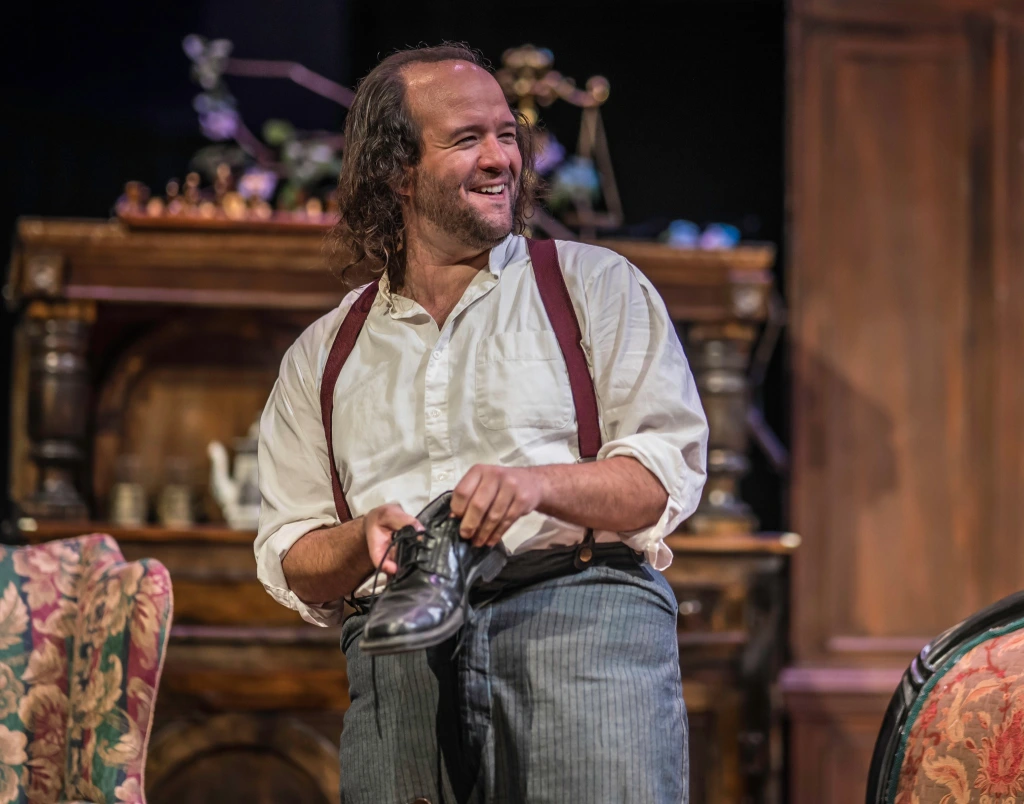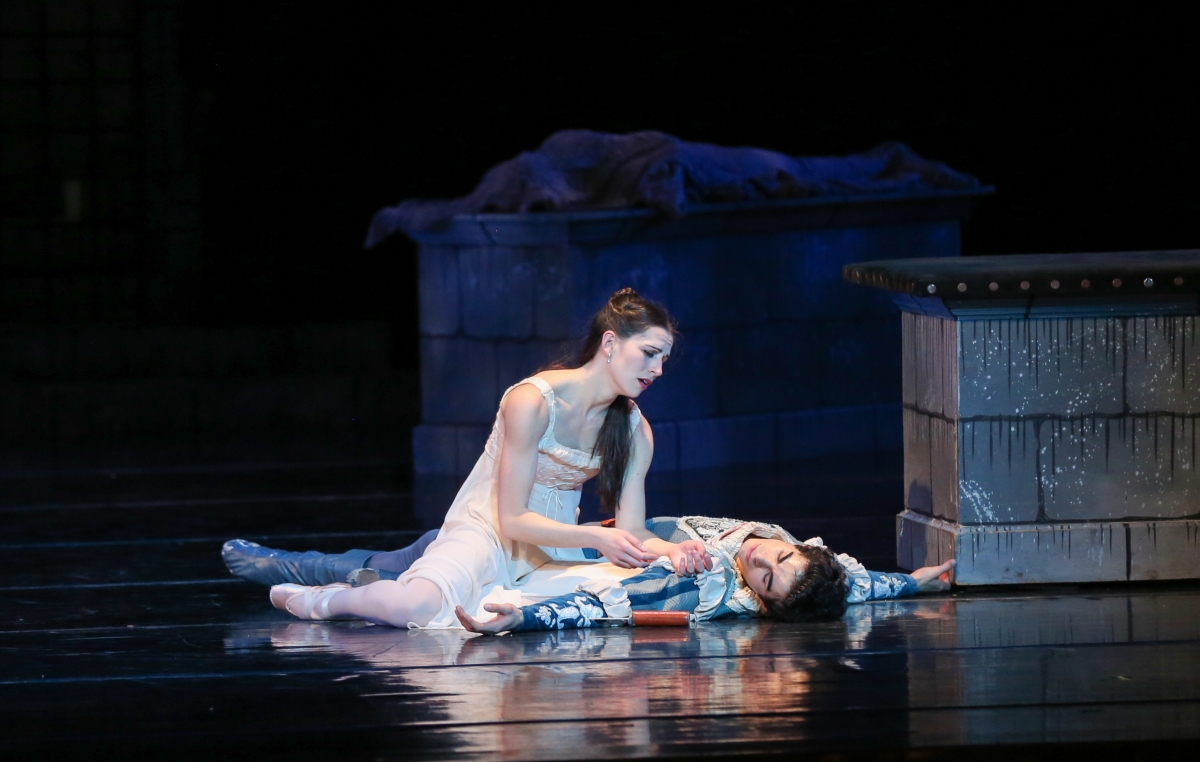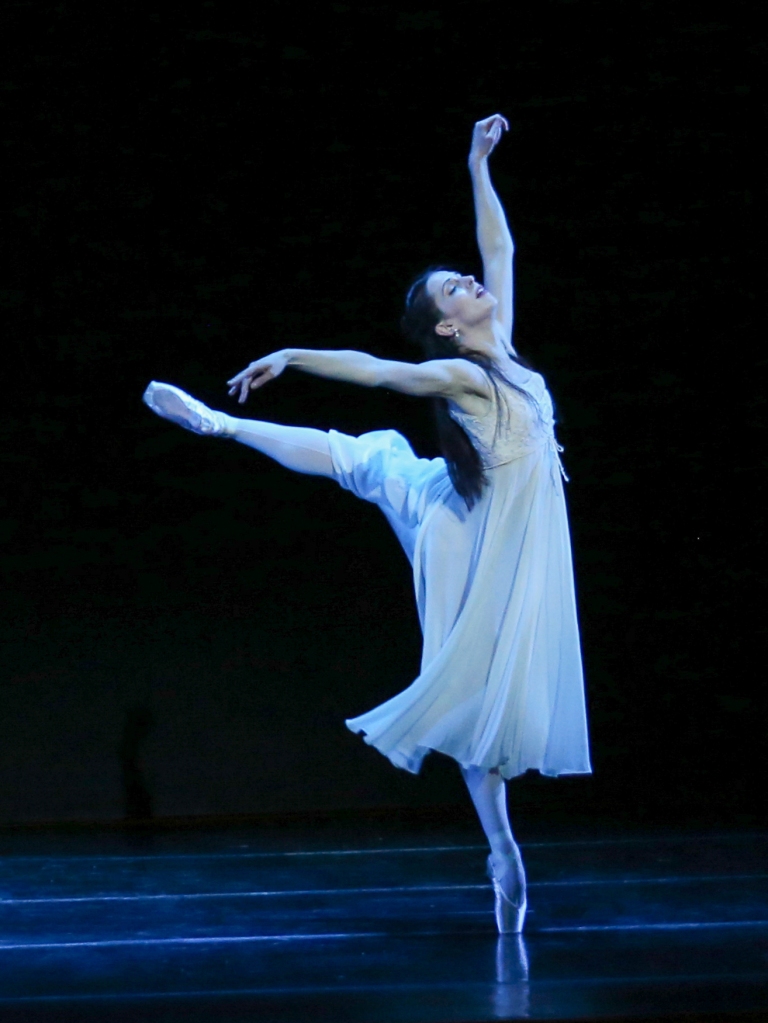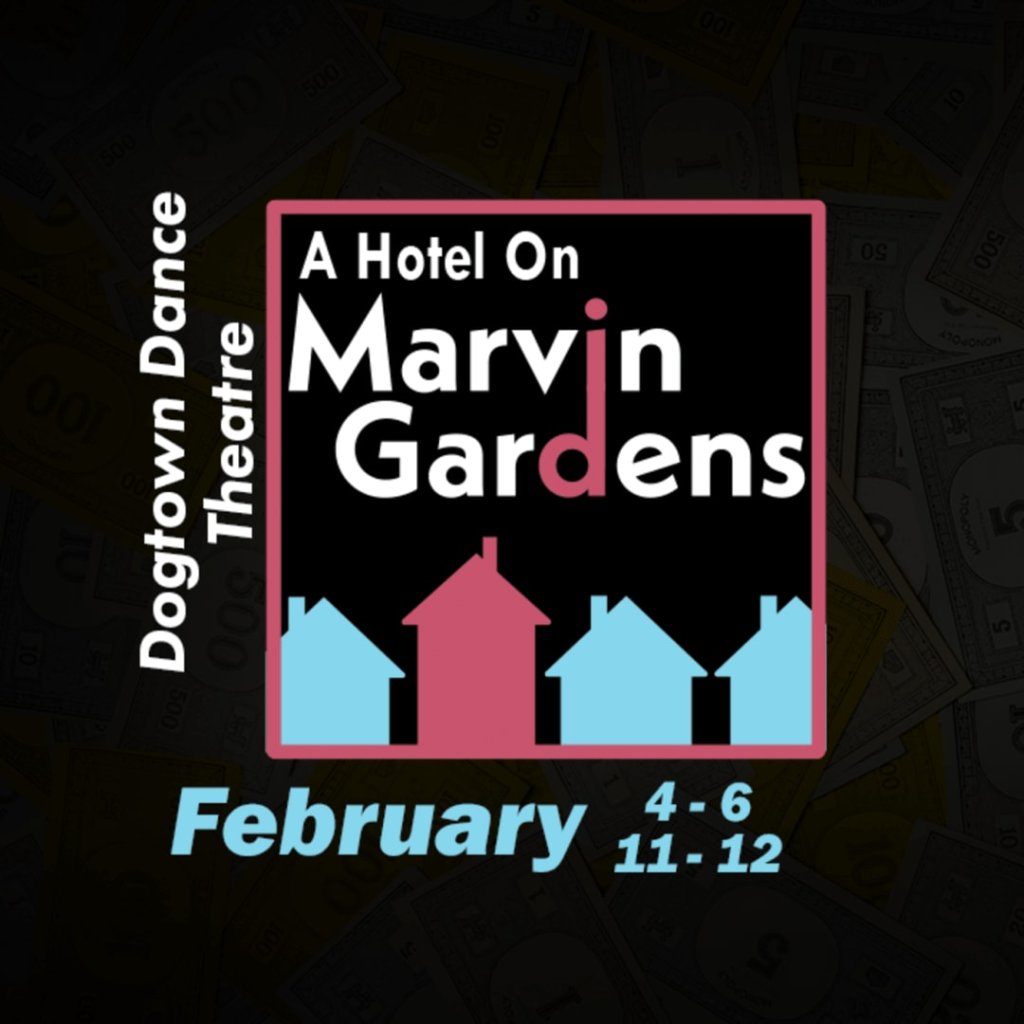A Song Cycle About Love, Death, and Whiskey
An Immersive Theatrical Experience Review by Julinda D. Lewis
At: The Firehouse 1609 West Broad St., Richmond, RVA 23220
Performances: January 19 – February 18, 2023 [NOTE: This includes extended dates]
Ticket Prices: $35 general admission, $45 VIP two-top, $20 students
Info: (804) 355-2001 or firehousetheatre.org.
If you like the unique and different, if you are comfortable with ambiguity, if dramatic explorations of death and non-linear story-telling pique your interest, then GHOST QUARTET was written for you. Not fully a play, not fully a musical, more akin to an opera, Dave Malloy’s creation was first produced in 2014 and was soon after nominated for awards for Best Music and Best Musical.
While I assert that the term “musical” is too confining to describe Ghost Quartet, there is no doubt that the music – much of which is played or engineered by Amy L Oblinger – is amazing. There are vocals and instrumental music involving a piano, a cello, a violin, and percussion. At one point small percussion instruments – a tambourine, a rattle, small rattles – are distributed to audience members.
Two of the Quartet members perform a delightfully unexpected tap and clog dance. And most of the cast members are quite comfortable breaking the fourth wall and addressing the audience – some of whom, the VIPs, are seated at small table right on stage where they are served whiskey shots by the cast members who are gathered for a reunion of sorts at a bar that is apparently owned by one of the Quartet members.
Whew! That’s just by way of introduction, and doesn’t even begin to explain Ghost Quartet, Instead of Acts and Scenes, Ghost Quartet is divided into Sides and Tracks – which are announced at the top of each segment. While intentionally non-linear in structure, the sections are, in fact, related to one another. So, “The Camera Shop” in Side 1, Track 2 is related to “The Photograph” in Side 3, Track 2 and there is an “Usher” track – as in Poe’s “The Fall of the House of User” – in Sides 1, 2, and 3.
Family is another common theme woven throughout the production in which cast members play multiple characters, across generations, and encompassing – the program says – seven centuries. This makes it possible for Ghost Quartet to seamlessly discuss and conquer death, include sassy little girls and monks, have storytelling by Schéhérazade (yes, the one from Arabian nights), and sing an ode to whiskey (e.g., Jamieson, Maker’s Mark, Lagavulin), call a family meeting to deliver an ultimatum about an invisible friend, and conflate monks (the religious kind) with Thelonious Monk (the musician).
Bringing a wide range of talents, sass, and gifts to this production: Jaylin Brown, Valerie Chinn, Céilí Galante, Marjie Southerland, and Musical Director Amy L. Oblinger. They sing, they dance, they act, tell stories, play instruments, and drink whiskey for two hours (including one intermission). Todd Labelle’s design, featuring a standard wooden bar as well as a vertical “floating” bar and walls of wide-spaced wooden slats, is simultaneously minimalist and luxurious. It provides a welcoming backdrop for an unfamiliar performance genre. Andrew Bonniwell’s lighting organically partners with the live music, electronic arrangements, and some surprisingly stunning vocal moments.
If, as Director PJ Freebourn wrote in their notes, the goal is to transport the audience and take us on a surreal journey that explores, among other things, love, family, hope, memory, and emotions, then Ghost Quartet is a smashing success. If you leave still wondering just what the hell happened and why it made you feel confused and amazed, if you leave talking about it, thinking about it, or asking questions about it — it was successful. February 4 was originally supposed to be the final performance, but four additional performances have been added over the next two weekends – Friday evenings, February 10 and 17, and Saturday matinees, February 11 and 18. If you haven’t seen it yet, recommend you try to reserve a ticket or two to one of these performances – then we can talk about it together.
———-
Julinda D. Lewis is a dancer, teacher, and writer who was born in Brooklyn, NY and now lives in Eastern Henrico County.
———-
GHOST QUARTET
By Dave Malloy
Directed by PJ Freebourn
Performers:
The Ghost Quartet
Jaylin Brown
Valerie Chinn
Céilí Galante
Marjie Southerland
Musician
Amy L. Oblinger
Production Team
PJ Freebourn – Director
Amy L. Oblinger – Music Director
Niccolo Seligmann – Electronic Arrangements, Synth Programming, Foley Art
Céilí Galante – Additional Arrangements
Nicole Morris-Anastasi – Choreographer
Todd Labelle – Production Designer
Andrew Bonniwell – Lighting Designer
Katherine Brand – Costume Designer
Grace Labelle, Emily Vial, Talon Bleacher – Stage Managers
Performance Schedule:
Thu Jan 19 @ 8pm (preview)
Fri Jan 20 @ 8pm (preview)
Sat Jan 21 @ 4pm (preview)
Sat Jan 21 @ 8pm
Fri Jan 27 @ 8pm
Sat Jan 28 @ 4pm
Sat Jan 28 @ 8pm
Fri Feb 3 @ 8pm
Sat Feb 4 @ 4pm
Sat Feb 4 @ 8pm
EXTENDED: Additional Performances!
Fri Feb 10 @ 8pm
Sat Feb 11 @ 4pm
Fri Feb 17 @ 8pm
Sat Feb 18 @ 4pm
Ticket Prices
$35 general admission, $45 VIP two-top, $20 students
Run Time: Approximately 2 hours with one intermission
Photo Credits: Bill Sigafoos








rvaRT DEPENDS ON YOUR DONATIONS
THANK YOU
Make a monthly donation
Make a yearly donation
Choose an amount
Or enter a custom amount
Your contribution is appreciated.
Your contribution is appreciated.
Your contribution is appreciated.
DonateDonate monthlyDonate yearly























































